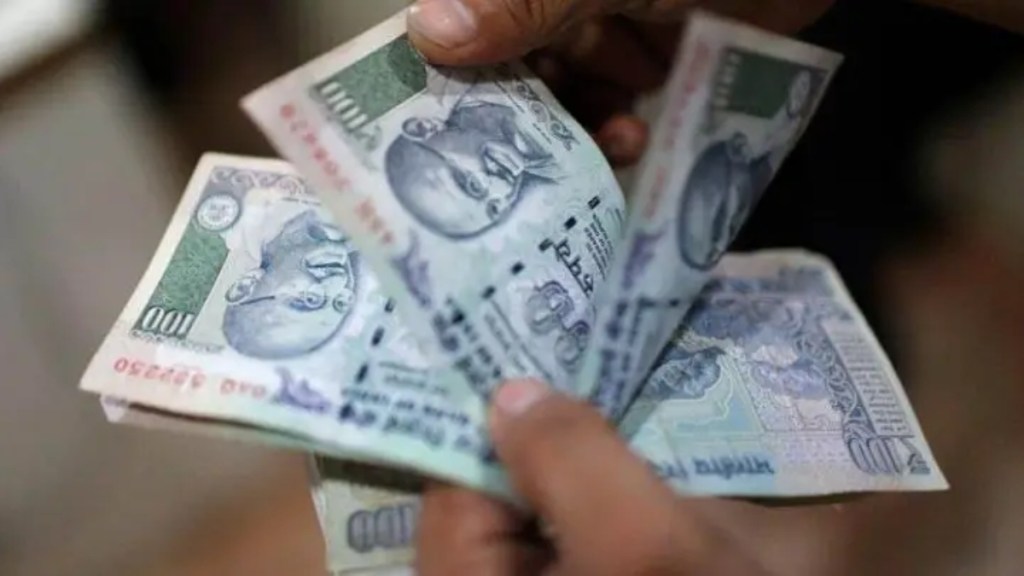The microfinance industry will continue to battle the misperception regarding the sustainability of their businesses, Muthoot Microfin chief executive officer Sadaf Sayeed said on Tuesday. A key reason for this skepticism around microfinance companies stems from the fact that the segment is prone to event risks, he feels.
“During our IPO journey, this was the risk that we battled the most. Everybody said while you have a great business, there is an event risk. What will you do about it,” he said at the Sa-Dhan microfinance institutions confluence.
Following the Andhra Pradesh crisis in 2010, various measures have been adopted to give a proper structure to the microfinance industry. More recently, the industry has faced demonetisation and COVID-19, during which collections had taken a hit. Some microfinance entities were also impacted by Kerala floods.
Nevertheless, loan collections have recovered to around 99%. In recent years, many diversified non-bank lenders and banks have also looked to expand their presence in the segment.
“I do not know how much the industry would have to prove that this is a sustainable business model. Events will come and go. But, the industry is still growing at a pace of 25-30% and ensuring that losses are minimised,” Sayeed said.
Sayeed contends that the microfinance industry is unfairly judged for charging high interest rate. While a handful of lenders might charge interest of over 25%, a majority of them offers loan at an interest rate of 21-24%.
“When you look at the lending rate and return on assets of the highest category, it is an unfair judgement. By and large, the return on assets of the industry is at sub 2%,” he said, adding that generating higher return on assets is a challenge for microfinance lenders considering high operational and borrowing costs. It would be difficult for MFIs to bring down lending rates unless the issue of high cost of funds is addressed.

